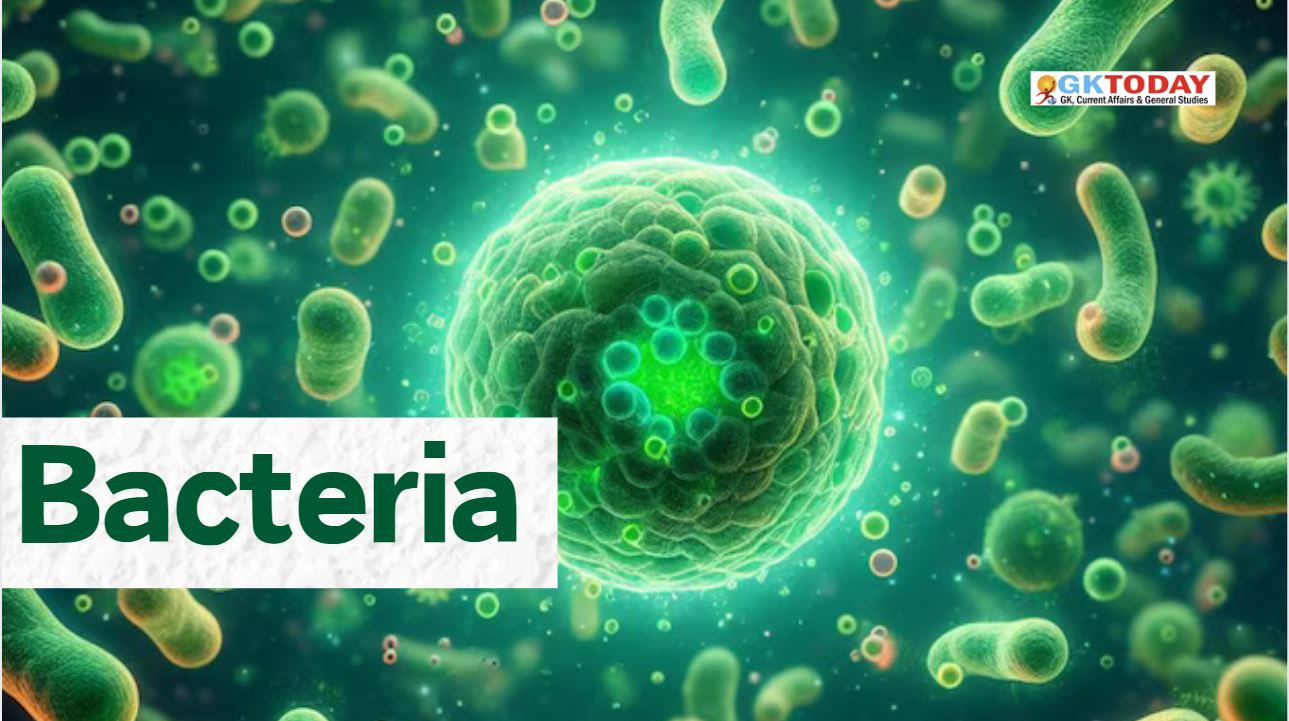Bacteria
The bacteria are unicellular microorganisms which were first observed and reported by Anton Von Leeuwenhoeck in 1676. All bacteria are unicellular and prokaryotic. Their size and shape varies as per the species. Majority of Bacteria are in the size range of 0.5 to 50 µ, the smallest bacterium is “pasteurella” which is 0.7µ and largest bacteria Beggiota is 15-22 µ in size.
Different shapes of Bacteria
Bacteria are the monocellular microorganisms which are found in almost places in singleton form or in group. The cellular wall of the bacteria is thick and it is made from chitin, Murine etc. They have different shapes such as Coccus (spherical), Bacillus (rod shaped), Vibrio (comma shaped) and Spirillum (cork screw shaped)
G+ and G- Bacteria
Gram staining is a method to identify some of the bacteria on the basis of some chemical properties of their cell wall. Not all bacteria can be identified on the basis of gram method. If a bacterium can be judged using this method, it would be called Gram variable otherwise Gram indeterminate. can be classified by using this technique are called Gram variable. What is basically done is to color the cell walls using a stain called Crystal violet. If a bacteria has lipids and peptidoglycan in its cell wall, it would appear violet in microscope and will be called gram positive. Otherwise, they would be called gram negative.
The cell wall of Gram positive bacteria is thicker and more peptidoglycan in comparison to gram negative bacteria. Further, a chemical called Teichoic acid is present in + and absent in – bacteria.
Movement
The tail-like projection that protrudes from the cell body of certain prokaryotic and eukaryotic cells is Flagella. It helps in locomotion. If bacteria have no Flagella, then it is called atrichous.
Nutrition in Bacteria
Bacteria are autotrophic, heterotrophic as well as saprophytic. The autotrophic bacteria are either photo-autotrophic or chemo-autotrophic. Some bacteria grow on the dead and decaying material and they are called Saprophytes. The bacteria that grow on plants and animals are called parasitic bacteria. The bacteria which make mutually beneficial association are called symbioants. Chemotropic bacteria use chemicals to produce energy. For example, Hydrogen bacteria use Hydrogen and as source of energy. Similarly, Sulphur bacteria are capable of oxidation of the reduced Sulphur compounds such as Hydrogen Sulphide (H2S), Inorganic Sulphur etc.
Reproduction
In bacteria reproduction takes place by two methods viz. Asexual and Sexual. Asexual reproduction happens via binary fission which is similar to mitosis. Sexual reproduction occurs via conjugation, transduction and transformation.


